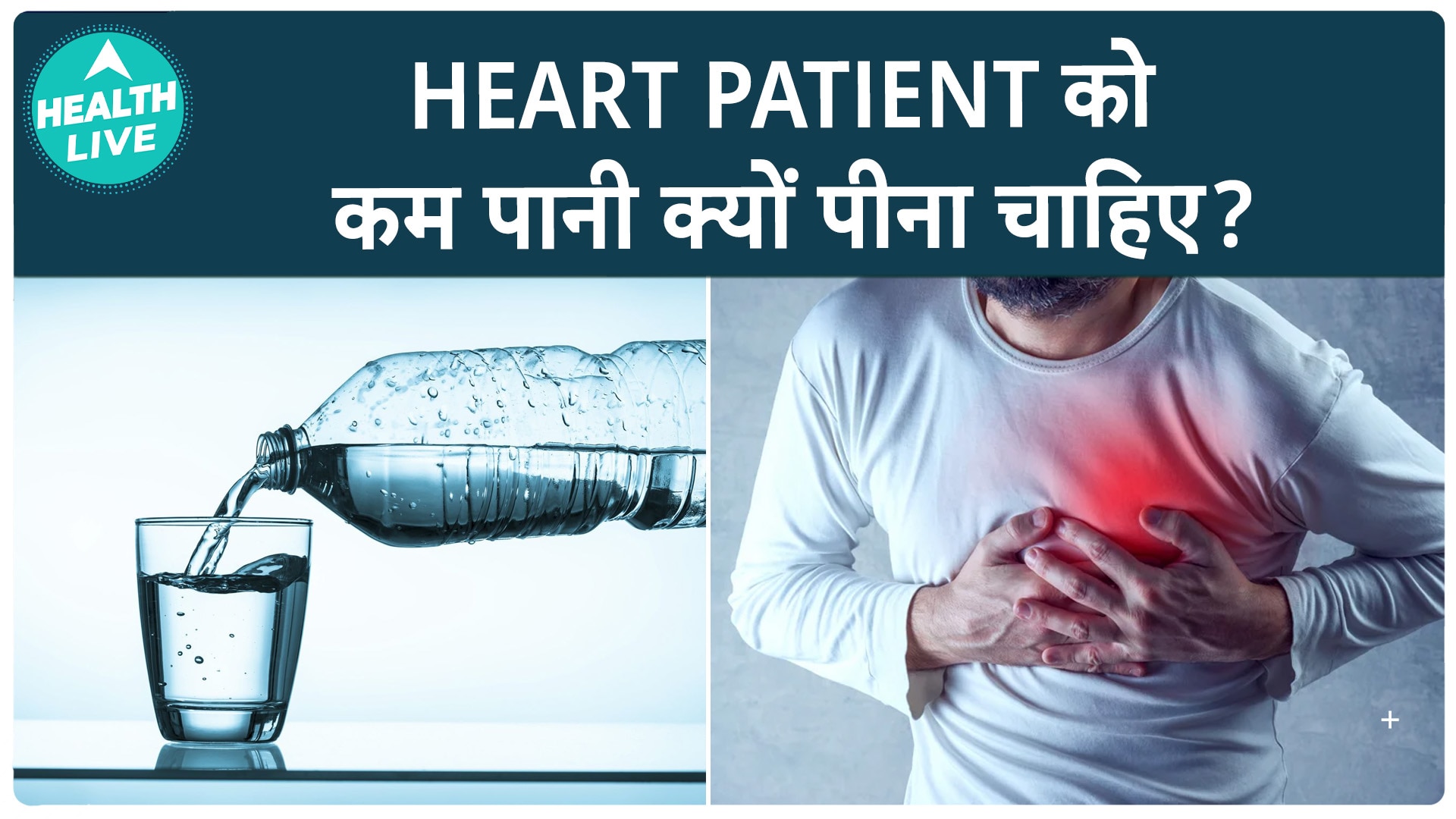The aorta, one of the "great arteries," carries blood away from the heart to support circulation throughout the body. However, sometimes a tear in the lining of the aorta can occur, and while this is uncommon, it often requires immediate treatment. That's why it's important for people to be aware of common risk factors and symptoms.
Sujata M. Shanbhag, M.D.

, M.P.H.
, a program officer in the Heart Failure and Arrhythmias branch in NHLBI's Division of Cardiovascular Sciences, and Firas F. Mussa, M.D.
, a professor of vascular surgery at the McGovern Medical School at the University of Texas, Houston, respond to questions they often receive about aortic dissections—and discuss research underway. What is an aortic dissection? Dr. Shanbhag: An aortic dissection is a partial tear of the innermost lining of the aorta.
To give a sense of what kind of impact this can have, consider the length of the aorta: it curves upwards away from the heart, arching up to connect to smaller arteries near the neck and then plunges down through the chest and abdomen. Treatment decisions often depend on where the tear occurs and the risk it poses to other organs in the body. How many people have aortic dissections? Dr.
Mussa: Aortic dissections are often underdiagnosed, so it's hard to provide exact estimates. Recent data show that 13,000 Americans die each year from the condition. Most cases occur in adults ages 40 and older, but people with genetic risks can experience dissections at younger ages.
What causes aortic dissections? Dr. Mussa: In many cases, hypertension, or high blood pressure, is likely the most direct and probable cause. Smoking is another common modifiable risk factor.
Adults ages 65 and older with atherosclerotic heart disease and uncontrolled high blood pressure face significant increased risks. Genetic risks are the second most common and might explain about 1 in every 4 to 5 cases. This is why it's important for anyone who has had an aortic dissection or an aortic aneurysm (an enlargement or ballooning of the aorta that can lead to a dissection) to tell their first-degree relatives, namely their parents, siblings, and children.
Several genetic conditions, such as Marfan syndrome, Loeys-Dietz syndrome, Turner syndrome, and bicuspid aortic valve can also increase risks. Other risk factors can include using illegal stimulants, such as cocaine or methamphetamine, experiencing physical trauma , such as having a significant fall or getting into a car crash, or even having previous heart or vascular surgery. What are common symptoms? Dr.
Mussa: Chest pain is the most common symptom. Some people experience sudden, crushing pain in their chest. Others may feel ripping and tearing or a dull, aching pain.
People can also feel pain in their neck, back, between their shoulder blades, in their abdomen, or in their hands. Women are more likely than men to experience lower chest pain or stomach pain, which may feel like acid reflux. In other cases, someone may feel like they are having a heart attack or stroke.
Dr. Shanbhag: Since aortic dissections are an important cause of chest pain and can be fatal, it's essential to seek care right away. Immediate detection and treatment are key to survival.
People with more severe tears can also feel nauseous or experience gastrointestinal issues. Additional symptoms might include losing sight in one eye, feeling faint, passing out, or having problems walking. Anyone with a first-degree relative with aortic dissection should be screened (e.
g., genetic testing, imaging) for conditions that affect the aorta. This could lead to early detection of aortic disease and inform steps for treatment and care.
What treatment options are available? Dr. Mussa: Treatment approaches depend on the location of the tear, when a person first notices symptoms, and if the tear poses a threat to how other organs, like the kidneys, function. A tear that occurs along the upward arc, or ascending portion, of the aorta, located in the front of the chest, often requires emergency surgery.
This kind of tear is the most common and often the most dangerous. Tears that occur along the descending portion, or back, are usually less severe and can usually be managed with medical monitoring and treatment. However, each case is different.
For instance, if someone has an uncomplicated tear in the descending part of their aorta and minimal cardiovascular risks, they may work with a doctor to monitor their aorta over time. Under a "watchful waiting" period, they would use blood pressure-lowering medication, have regular check-ins with medical imaging, and take other steps to support their cardiovascular health. If complications occur, minimally-invasive surgical procedures, such as inserting a stent, which patches the tear and supports blood flow, can help reduce risks for organ damage and stroke.
In some cases, people may opt to have this procedure after the tear occurs. We don't know which approach leads to better health outcomes for these patients, which is why we are conducting a clinical research trial. We'll study the differences between those being treated with a stent and medical therapy and those receiving medical therapy alone.
What else are researchers studying? Dr. Shanbhag: Investigators are also exploring how to use what we know and are learning about genetic risks for aortic dissections so that we can better support recommendations for screenings, treatment, and care. To advance these efforts, researchers are collecting information about genetic risks for aortic heart conditions and compiling it into a database with the long-term goal of helping physicians identify adults with increased risks.
Dr. Mussa: We're also studying the pattern of growth of the aorta over time, which will complement new models, like generative artificial intelligence, to better predict risks in the future. Additionally, we're evaluating the cost of treatment and how treatments impact a patient's quality of life.
It's valuable for patients and their families to know how each treatment could affect their life and possibly their family—and at what cost..


















